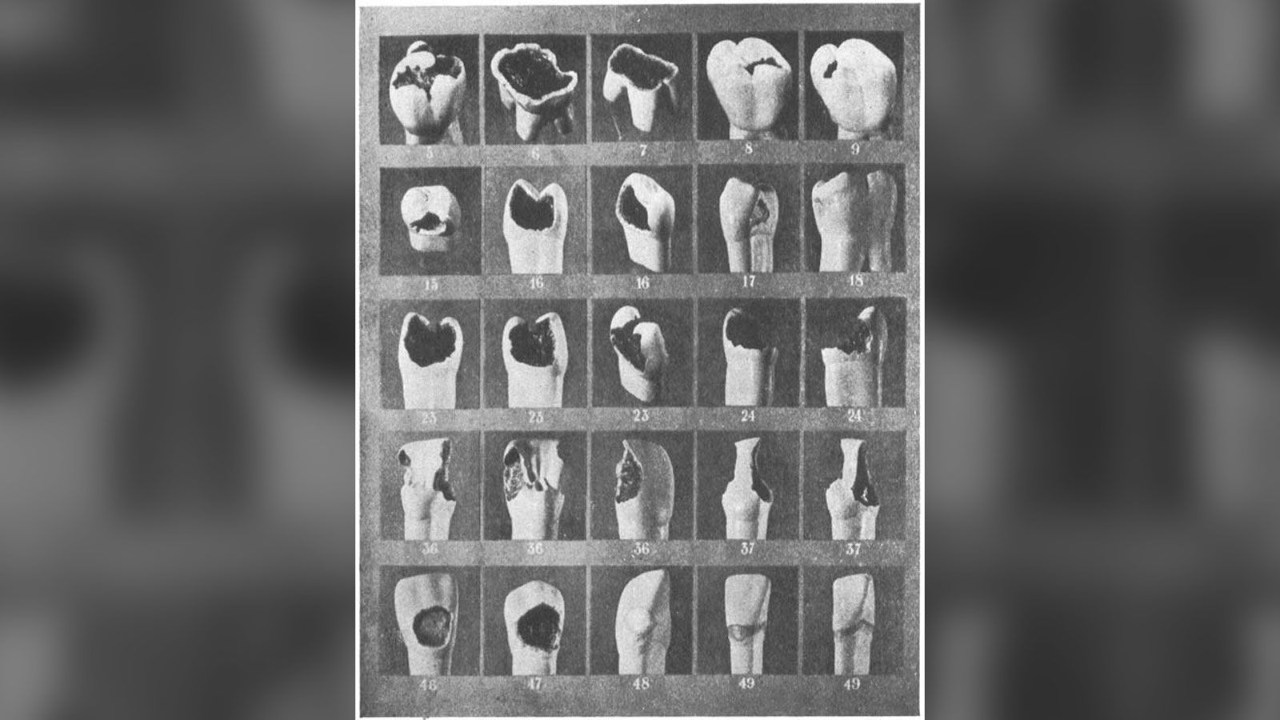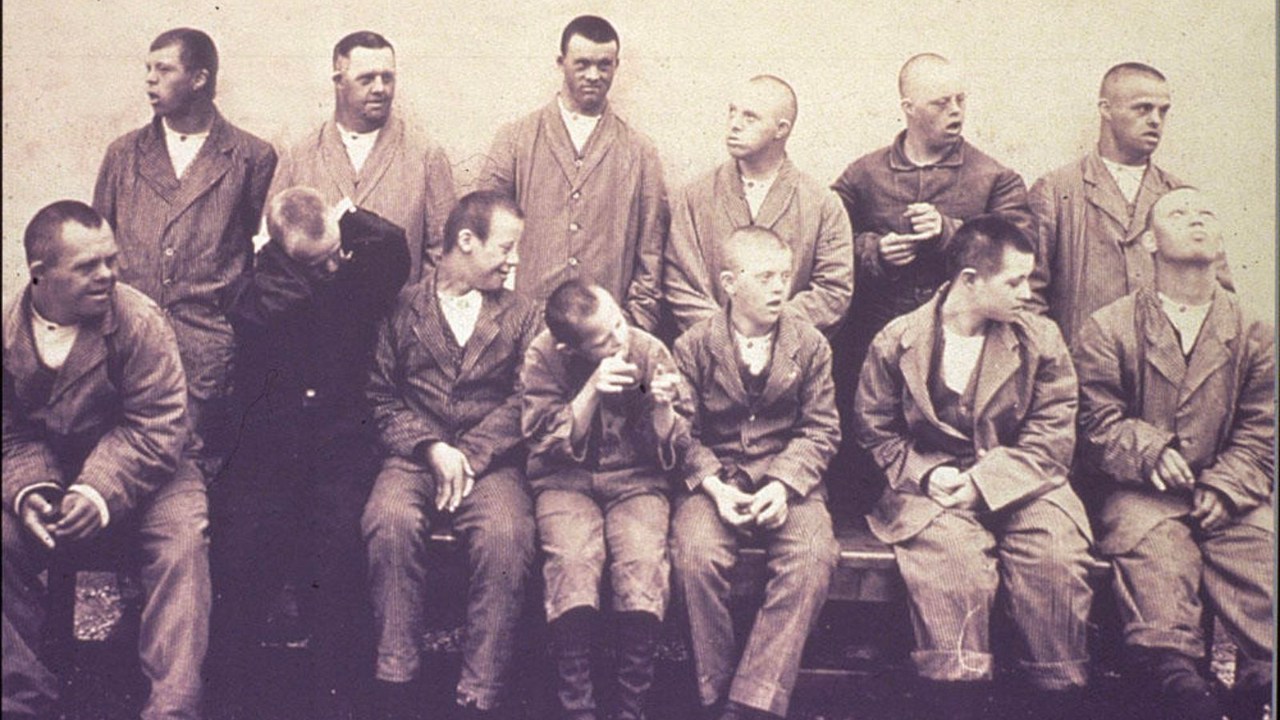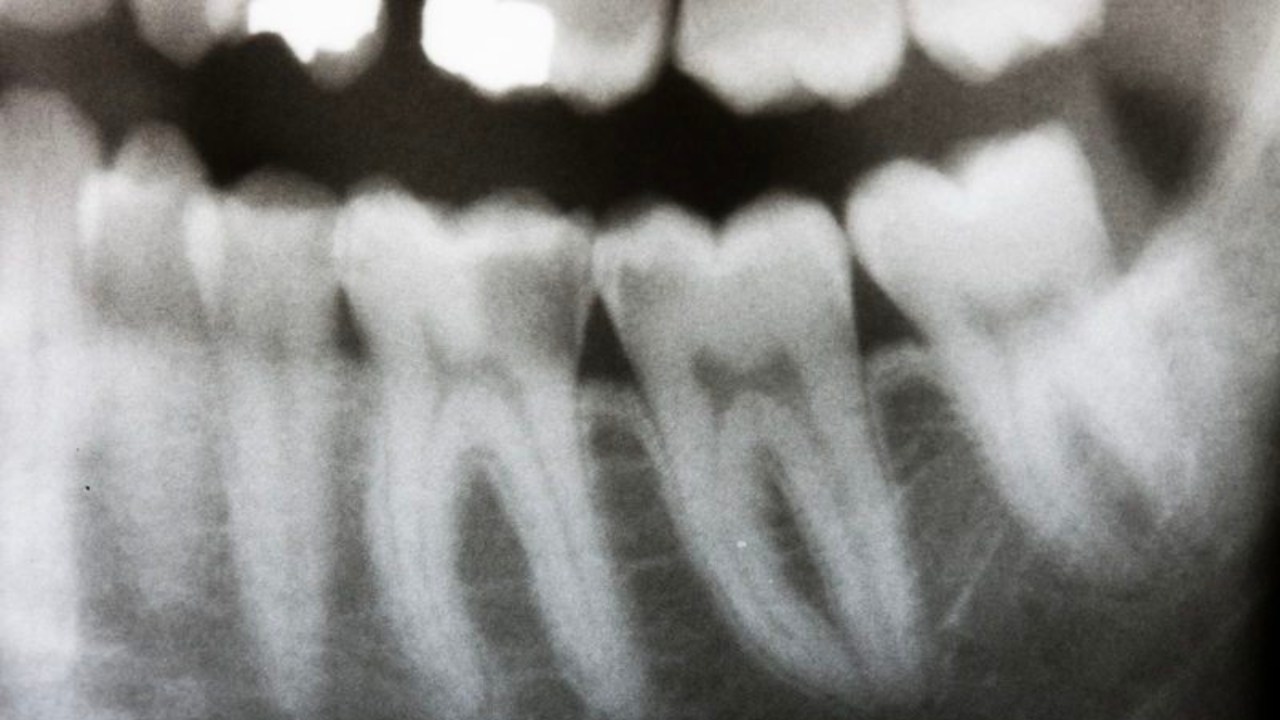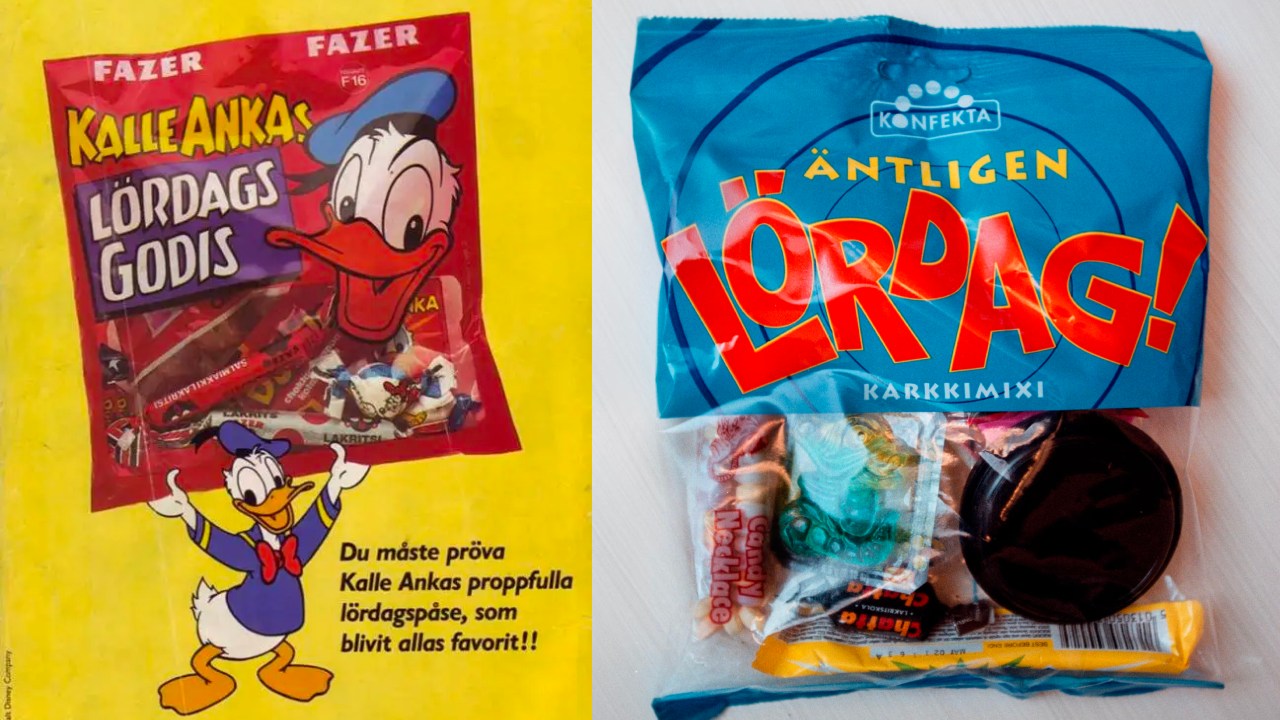An experiment called “Vipeholm” that started in the 1940s and lasted until the 1950s.It would be a very important development in dental health, but it would also be called one of the most controversial experiments in history.
So the Vipeholm experiment, Why has it been the target of criticism and how has it contributed to oral and dental health?
Strange as it may sound, at the beginning of the 20th century dentists did not know enough about the causes of caries.

At the same time, during this period, the habit of brushing teeth was not as common as it is today, because people did not yet realize how important it was for dental health. With this Tooth decay was one of the most common problems.
The Swedish government decided to take a step to put an end to this situation and several dentists were commissioned to find a permanent solution for caries. But before you start figuring out how to prevent cavities It was necessary to find out what caused it.
It was decided that the most appropriate place to find these reasons was Vipeholm Hospital in Lund, Sweden.

In the first place, psychiatric patients from all over the country were brought to this hospital. Doctors are content to tell mental patients that only their teeth will be treated did not indicate that they would include them in an experiment. The experiment began when the subjects gradually began to adapt to the environment in which they lived.
The main aim of the research is to While some groups of people are given sweets and caramel between meals,The aim of the study was to determine the relationship between carbohydrate intake and dental caries when other groups received additional carbohydrates at mealtimes.
The government was funded by the chocolate and confectionery manufacturers and the research was also overseen by the Swedish Medical Council.

Topics by doctors changes in the amount and timing of sugar consumptionThe patients were divided into two groups to compare how this affects their dental health.
While the first group ate the sugar in the bread served during the meal, the other group consumed this sugar with one and a half cups of sweetened drink. The last group ate candies, chocolate and caramel, especially made to make kids stick to their teeth, between meals.
At the end of the experiment, 2,125 cases of cavities were detected, and most of the subjects who continued on these diets developed progressive cavities.

With this research, it became clear that sugar actually causes tooth decay, and this experiment presented important evidence revealing the negative effects of excessive sugar consumption on dental health. But the candy and chocolate makers were not happy with the results of this research, and reports about the experiment were not published for a while.
When this work was made public in 1953, this experiment, called Vipeholm, became the center of controversy. The mental disability of the subjects selected for the experiments and the neglect of the dental health of hundreds of people for the sake of an experiment, all reviews collected.

But with this experiment A concept called “Lördags godis” (Saturday sweets) emerged. and soon spread. The meaning of Saturday sweets was that children were only allowed to eat this sweet on Saturdays and it was meant to minimize sugar intake.
Sources: IFL Science, Atlas Obscura, Ungo
Follow Webtekno on Threads and don’t miss the news


















